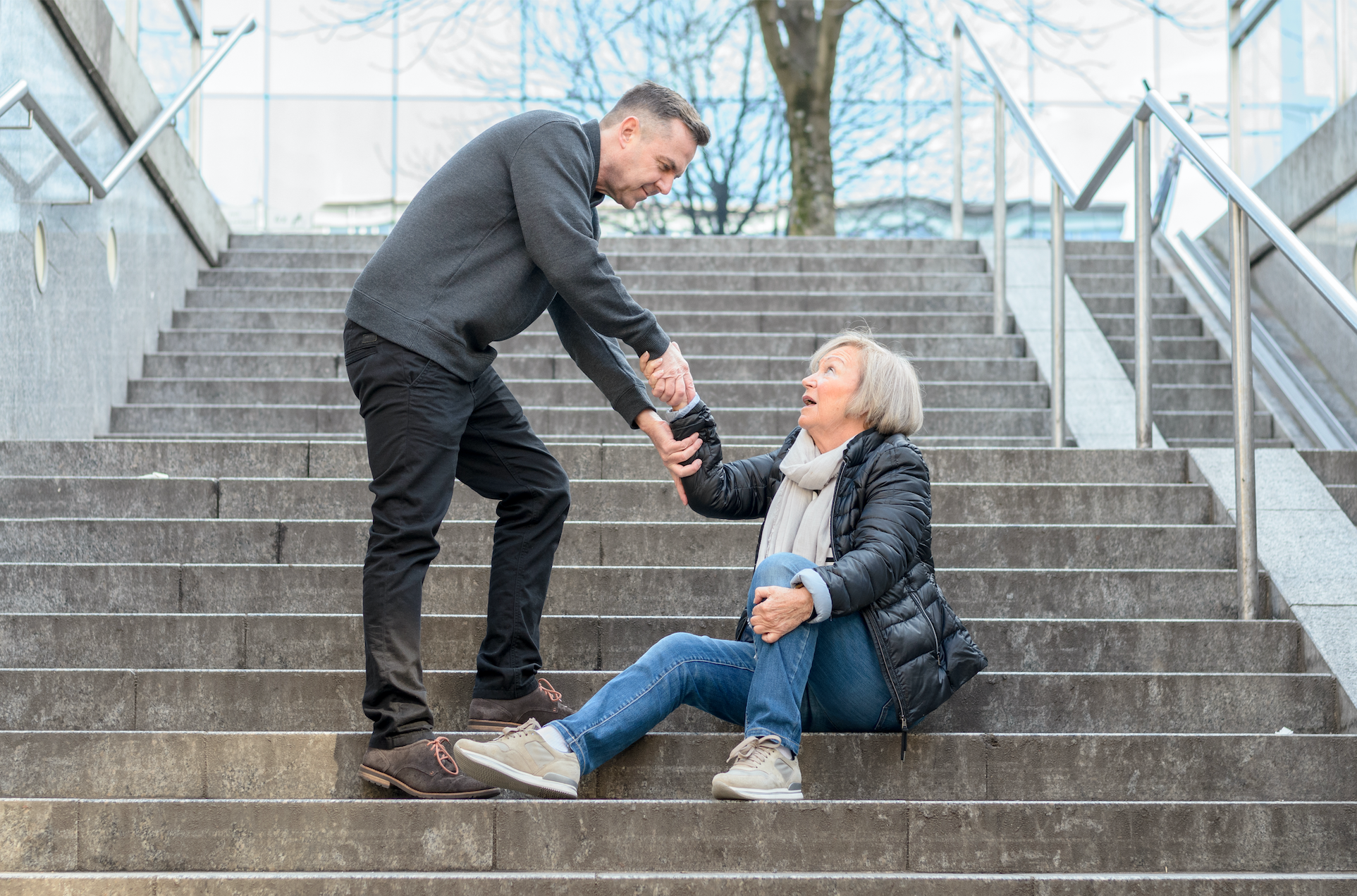
Older adults face a slew of potential health issues as they age, but few are more common or dangerous as falling. One of three adults over the age of 65 will experience a fall every year, making them the leading cause of both fatal and non-fatal injuries in this population.
But what usually happens after a fall, and how does it tend to affect these adults’ lives?
According to Medscape, about 30-50% of falls only result in minor injuries like cuts, scrapes, and bruises that may or may not require a trip to the hospital. But the CDC states that approximately 20% of falls lead to more serious injuries like fractures or trauma to the head that typically send patients straight to the ER.
Aside from death, fractures are by far the most serious consequence of falls. Many bones can be injured from the impact of a fall, but hip fractures occur most frequently and pose the biggest threat to older adults. In the elderly community, an astonishing 95% of hip fractures are caused by falls, and more than 300,000 adults over the age of 65 are hospitalized for one of these injuries every year.
Hip fractures are particularly devastating because of their impact on mobility. After these injuries, many older adults struggle to recover and regain their prior level of function, making them unable to live without the assistance of a caretaker. Surgery is also needed for many patients, which comes with its own set of additional risks. Sadly, as a result, a senior has a 27% chance of dying within one year after a hip fracture.
Other bones that are frequently fractured after falls include:
- Femur (upper leg bone); these fractures lead to a functional decline in about half of patients
- Pelvis (hip)
- Humerus (upper arm bone)
- Radius or ulna (forearm bones)
- Spine
- Foot or ankle bones
The impact of falls on the brain and mind must also be considered
In addition to fractures, falls can also cause head trauma and result in a brain injury, which can be extremely serious. The fall does not need to be severe in order to do damage, and injuries to the head may not be as easy to identify as fractures and other complications. This is why all older adults should visit their doctor right away if they’ve hit their head during a fall to ensure they haven’t suffered from a brain injury.
A final consequence of falling that needs to be understood is the mental toll it can take on each patient. If a fall does occur, many individuals go on to develop an even greater fear of falling, even if they’re not injured. This can cause them to limit their activities, which leads to reduced mobility and loss of physical fitness. Worst of all, this process can turn into a vicious cycle that actually increases the risk for falling because of these changes. The only way to break out of this cycle is to overcome the fear by moving more, building back strength and mobility, and eventually regaining the confidence to continue remaining active.
